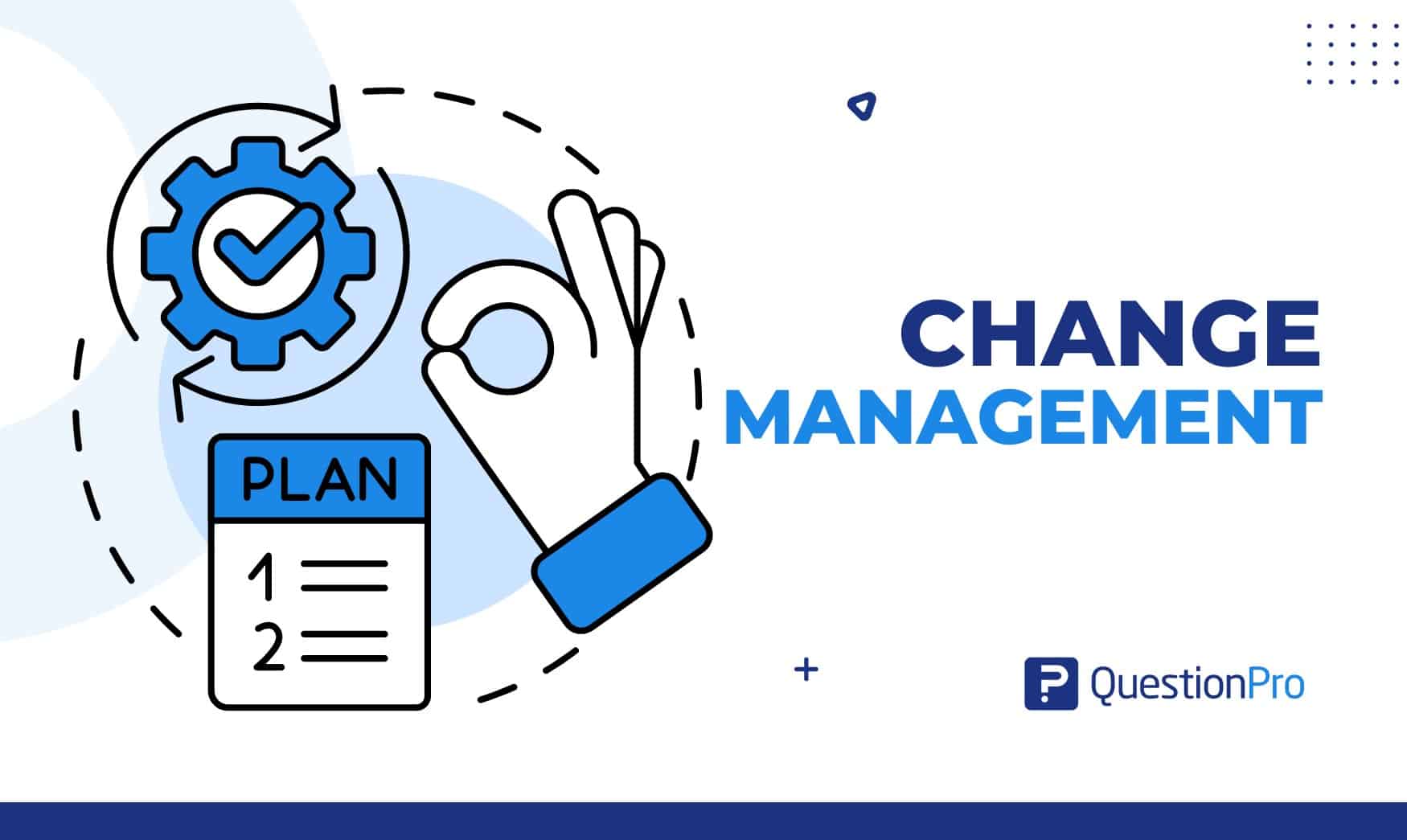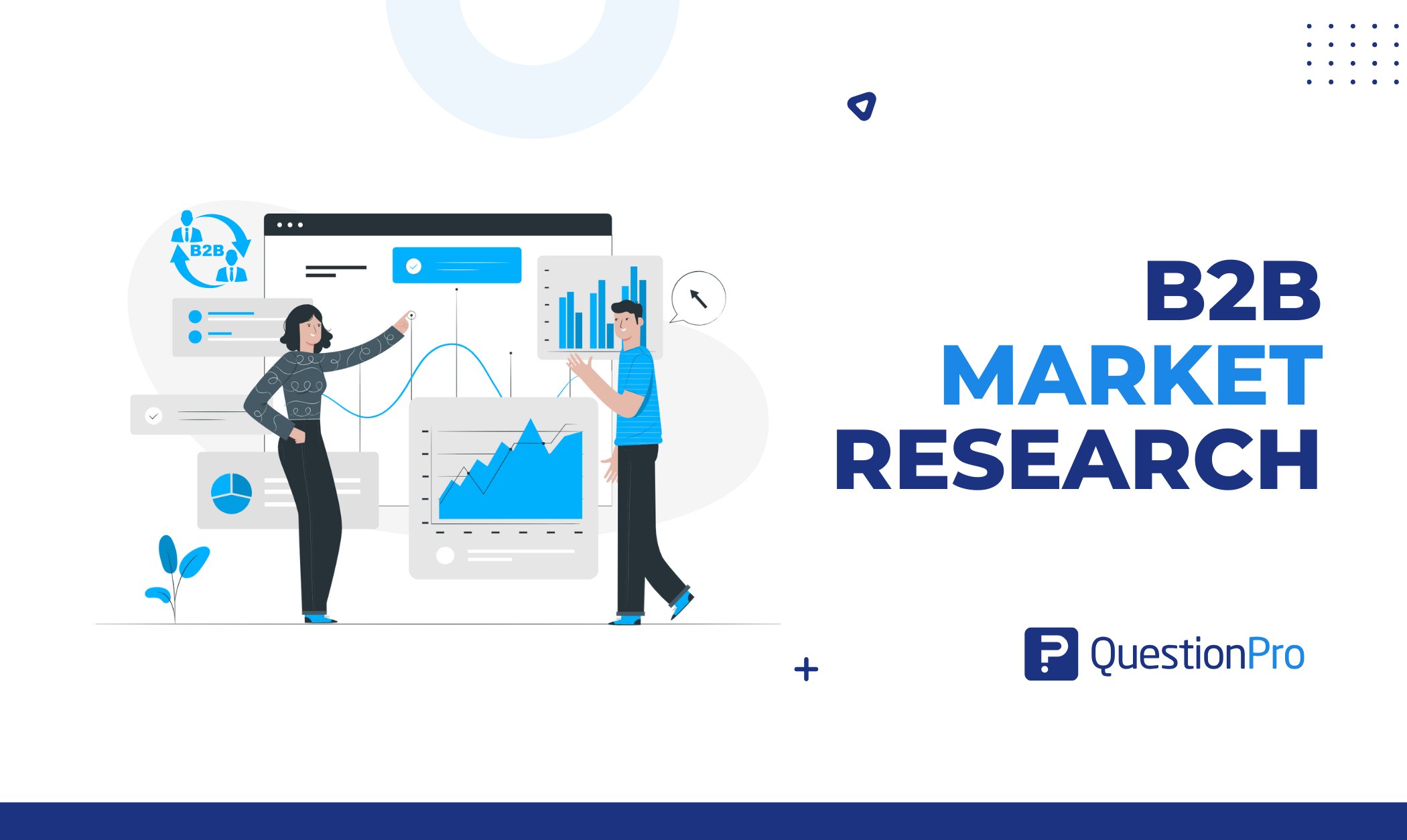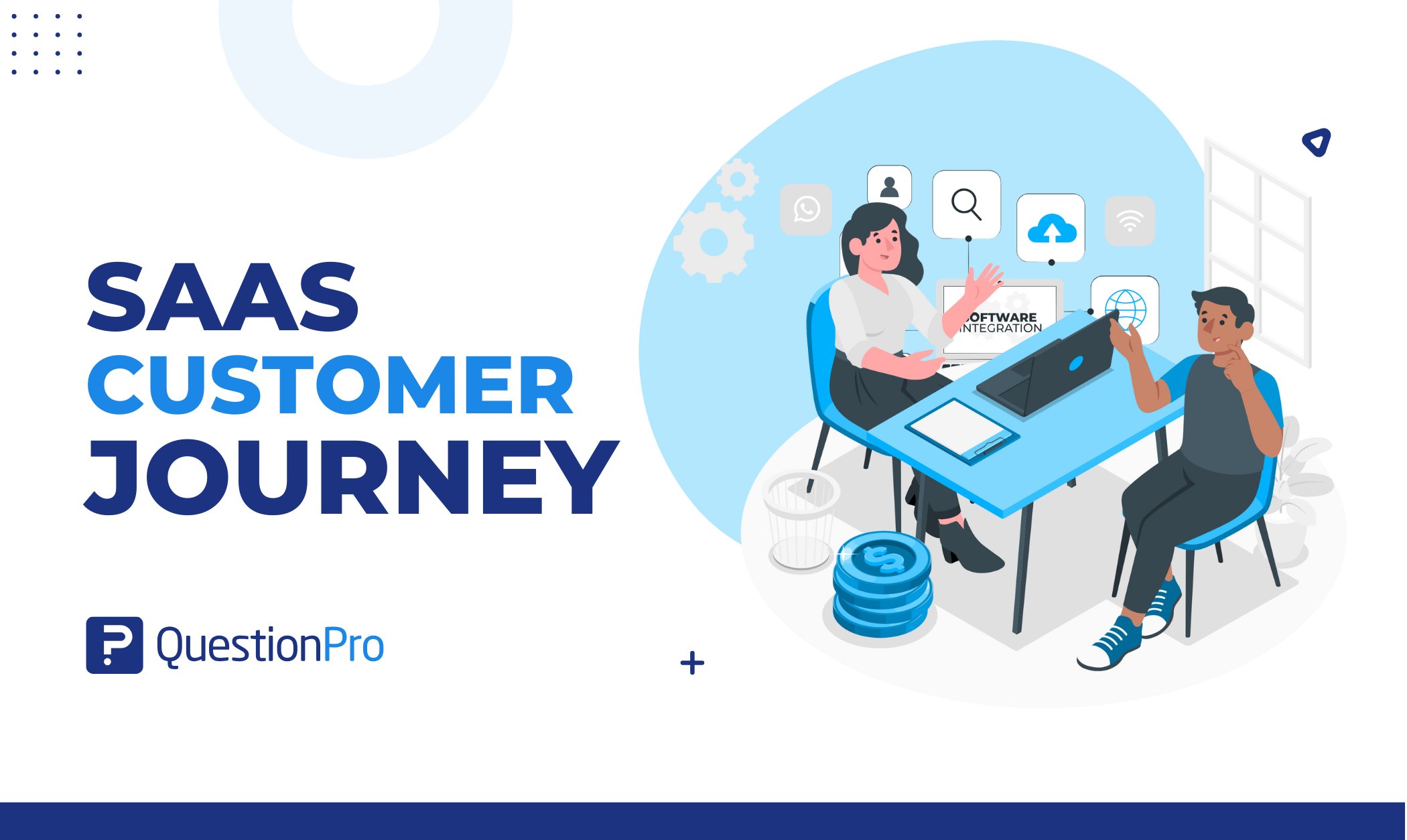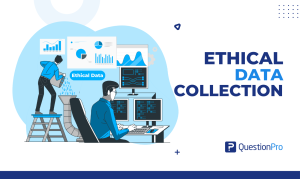
Managing any kind of changes in your organization is essential for staying ahead. Whether it’s adopting new technologies, adjusting to market shifts, or restructuring your organization, choosing the right change management models are always crucial.
To simplify this, we’ve gathered five popular change management models that can help guide your organization through its next big change. These models provide effective strategies and insights to help you lead your team smoothly and successfully through transitions.
Ready to elevate your organization? Let’s explore how these top models can help you manage change with confidence and ease.
What are Change Management Models?
Change management models are frameworks or methods designed to guide organizations through the process of change. They provide structured approaches to managing and facilitating change effectively, minimizing disruption, and helping organizations achieve desired outcomes.
These are structured approaches that offer guidelines and steps for managing change within an organization. They help leaders and managers understand how to plan, implement, and sustain change initiatives. The primary goal is to ensure that change is smooth, accepted, and integrated effectively, aligning with the organization’s strategic vision.
What Makes a Good Change Management Model?
Choosing the right change management model for your business depends on your specific needs. However, a good model should always consider a few key factors:
- Leadership: Strong guidance from leaders is crucial.
- Culture: The company’s culture and values should be factored in.
- Employee Training: Proper training for staff is essential.
- Staff Resources: Ensure there are enough resources available for the team.
Any solid change management plan should include these elements and have backup plans in place.
Change management approaches generally fall into two categories:
- Soft: Focuses on psychology and human behavior.
- Hard: Emphasizes methods, systems, and task completion.
Understanding these two types can help you decide what will work best for your situation. Remember, it’s often best to consider both soft and hard factors when choosing a model.
The Importance of Choosing the Right Change Management Model
Choosing the right change management model is crucial because it can make or break how smoothly a change is implemented in your organization. Here’s why it’s so important:
It Ensures Smooth Transitions
The right model helps ensure that changes happen smoothly without causing too much disruption. It provides a clear plan and steps to follow, which makes the transition easier for everyone involved.
Employee Buy-In
When you choose a model that fits well with your company’s culture and values, employees are more likely to accept and support the change. This can reduce resistance and make the process faster and more effective.
Create Effective Communication
A good model helps in clearly communicating the changes to everyone in the organization. This keeps everyone on the same page and helps prevent confusion.
Change Management Models Help in Better Planning
The right model helps you plan for potential challenges and have solutions ready. This means you can handle problems quickly and keep the change on track.
Resource Management
It ensures that you use your resources effectively like:
- Time,
- Money, and
- People
This helps avoid wasting resources and makes the changing process more efficient.
The 5 Best Change Management Models For 2025
Change is inevitable for any organization that wants to stay competitive and grow. However, managing change effectively can be challenging. That’s where change management models come in. They provide structured approaches to help guide organizations through transitions smoothly. Below are five of the best change management models you can use in 2025 to do organizational change successfully.
1. The McKinsey 7S model
The McKinsey 7S model is a popular tool for understanding how different elements of a company interact and work together during a change. The model focuses on seven key elements: Change management strategy, Structure, Systems, Shared Values, Style, Staff, and Skills.
- Strategy: What is the plan for change?
- Structure: How is the organization arranged?
- Systems: What processes need to be altered?
- Shared Values: What are the core beliefs that hold the company together?
- Style: How do leaders manage and influence?
- Staff: Who is involved in the change?
- Skills: What skills are needed to make the change successful?
By addressing each of these areas, organizations can create a balanced approach to change, ensuring that nothing is overlooked. This model is particularly useful for large-scale changes involving multiple departments or functions.
2. Lewin’s Change Management Model
Lewin’s Change Management Model is one of the simplest and most widely used frameworks. It breaks down the changing process into three stages:
- Unfreeze: Prepare the organization for change by breaking down the current way of doing things.
- Change: Implement new processes, tools, or strategies.
- Refreeze: Solidify the change and make it the new normal.
This model is perfect for smaller organizations or those making a single, significant change. It’s easy to understand and follow, making it an excellent choice for companies just starting with formal change management.
3. ADKAR Model
The ADKAR model is a goal-oriented approach developed by Prosci, and it focuses on the individual’s journey through change. The acronym ADKAR stands for:
- Awareness: Understand the need for change.
- Desire: Build the motivation to change.
- Knowledge: Provide the know-how to change.
- Ability: Enable individuals to implement the change.
- Reinforcement: Sustain the change over time.
The ADKAR model is useful when organizations want to focus on the people impacted by change. By addressing the human side of the transition, companies can ensure that employees are ready and willing to adapt to the new processes or systems.
4. Satir Change Model
The Satir Change Model emphasizes the emotional journey that people go through during a change. It breaks the process down into five stages:
- Late Status Quo: The current state where people are comfortable.
- Resistance: Initial pushback or fear as change is introduced.
- Chaos: The period of confusion and uncertainty.
- Integration: Understanding the change and starting to adapt.
- New Status Quo: A stable state where the change has been fully integrated.
This model is particularly effective when dealing with changes that have a significant emotional impact on employees, such as layoffs or restructuring. It helps organizations understand and manage the emotional responses that can accompany change.
5. Bridges Transition Model
The Bridges Transition Model, developed by William Bridges, focuses on the psychological transitions that individuals go through rather than the actual change itself. It outlines three phases:
- Ending, Losing, and Letting Go: Recognizing that the old way of doing things is ending.
- The Neutral Zone: A period of uncertainty where the old is gone, but the new hasn’t fully arrived.
- The New Beginning: Embracing the new ways and moving forward.
This model is helpful for organizations that want to address the emotional and psychological aspects of change. By focusing on how people feel during the transition, companies can provide better support and ensure a smoother shift to the new normal.
How To Choose The Right Change Management Model?
With so many change management models out there, how do you know which one is best for your organization? Here are a few key factors to consider when making your decision:
1. Level of Change
The scale of the change you’re facing matters. Whether it’s individual changes, organizational shifts, or a company-wide transformation, each requires a different approach. Sometimes, using a mix of models can help address specific challenges at different levels.
2. Organization Size
The size of your organization affects the complexity of the change process. Larger organizations might need more detailed and structured models to manage broader and more complicated changes.
3. Leadership and Leadership Style
Strong leadership is crucial in change management processes. The leaders’ involvement and their style of managing change can greatly influence the outcome, so pick a model that fits with their approach.
4. Available Resources
Every model has different resource needs, such as:
- Training,
- Tools, or
- Outside consultants
Make sure you choose a model that matches the resources you have on hand.
5. Type of Impact
Some changes are more impactful than others. For instance, new tools or processes may not cause much disruption, while changes like mergers or layoffs could have a bigger emotional effect. Choose a model that suits the type of change and the impact it will have on your employees.
6. Company Culture
Your organization’s culture is unique, and it’s important to pick a model that aligns with your values and practices. This can help make employees more receptive to the changes.
7. Stage of the Change Process
Consider where you are in the change process.
- Are you just diagnosing the need for change?
- Are you in the middle of executing it?
Knowing your current stage will help you choose a model that best fits your current needs and goals.
By keeping these factors in mind, you can select the best change management model to guide your organization through a successful transformation.
How QuestionPro Helps in Change Management?
Managing change in an organization can be complex, requiring the right tools and strategies to ensure a smooth transition. QuestionPro offers a range of solutions that can significantly aid in the change management process, from gathering employee feedback to monitoring progress and ensuring engagement throughout. Here’s how QuestionPro can support your change management efforts:
1. Employee Feedback and Surveys
QuestionPro allows organizations to create custom surveys that gather real-time feedback from employees at every stage of the change process. These surveys help leaders identify concerns, gauge readiness, and monitor the emotional and mental well-being of the workforce.
- Pulse Surveys: Regular short surveys can track how employees are adjusting to the changes.
- Anonymous Feedback: Encourage honest responses from employees who may not feel comfortable sharing openly.
2. Stakeholder Engagement
QuestionPro helps engage all stakeholders by collecting their insights and aligning change initiatives with their needs and expectations. With QuestionPro’s robust survey tools, you can gather feedback from different groups to ensure everyone’s voice is heard during the transition.
3. Tracking and Monitoring Change Progress
Change management requires continuous monitoring to ensure that the desired outcomes are achieved. QuestionPro’s dashboards and reporting tools allow organizations to track the effectiveness of change initiatives in real-time. You can monitor:
- Satisfaction level
- Engagement levels, and
- Other key metrics related to change
This data helps adjust strategies as needed to ensure the change process stays on track.
4. Training and Development
For many changes, employees may need new skills or training. QuestionPro’s platform can be used to assess training needs, measure the effectiveness of training programs, and gather feedback on learning initiatives. By evaluating how well employees are adapting to new processes, leaders can tweak training efforts to ensure a smoother transition.
5. Improving Communication
Clear communication is vital during times of change. With QuestionPro’s tools, organizations can collect feedback on the clarity and effectiveness of their communication strategies. This ensures that employees understand what is happening, why it’s happening, and what role they play in the change process.
- Communication Surveys: Gather input on how well change-related messages are being received and understood.
- Message Testing: Test different communication strategies to see which resonate best with your workforce.
6. Actionable Insights for Leaders
Leadership plays a critical role in guiding organizations through change. QuestionPro provides leaders with actionable insights based on data collected from surveys and feedback mechanisms. These insights help leaders make informed decisions, address issues promptly, and ensure the change process is as smooth as possible.
Conclusion
Choosing the right change management models for your organization is crucial to navigating transitions effectively. Whether you need a simple approach like Lewin’s model or a people-focused method like ADKAR, these five models provide excellent frameworks to guide you through the change process in 2025.
By understanding the unique challenges of your organization and selecting the right model, you can make change smoother and more successful for everyone involved.
QuestionPro offers a wide range of tools that can support organizations throughout the entire change management process. From assessing readiness to gathering ongoing feedback, QuestionPro helps ensure that employees are heard, prepared, and supported, leading to smoother and more successful change initiatives.







